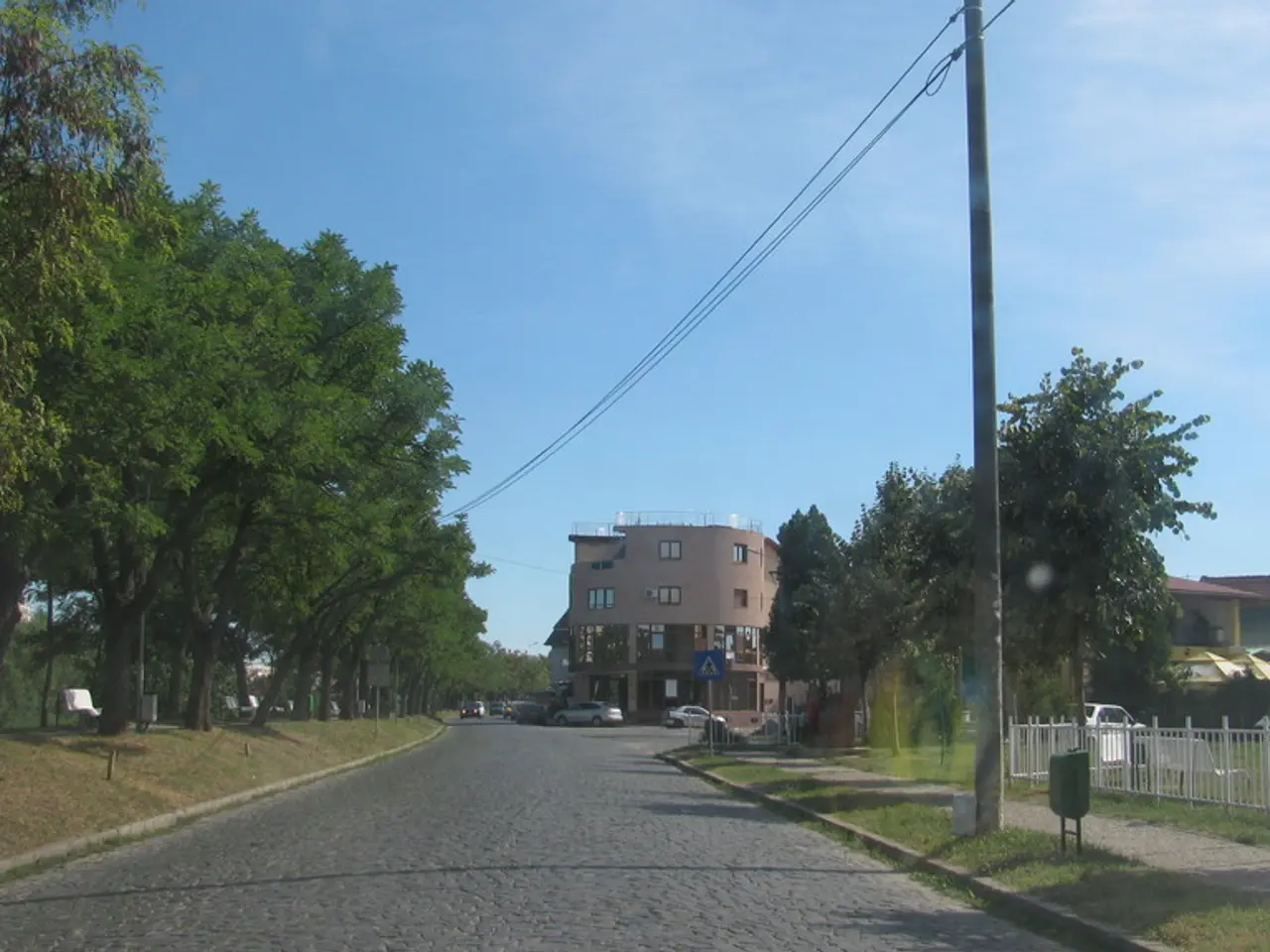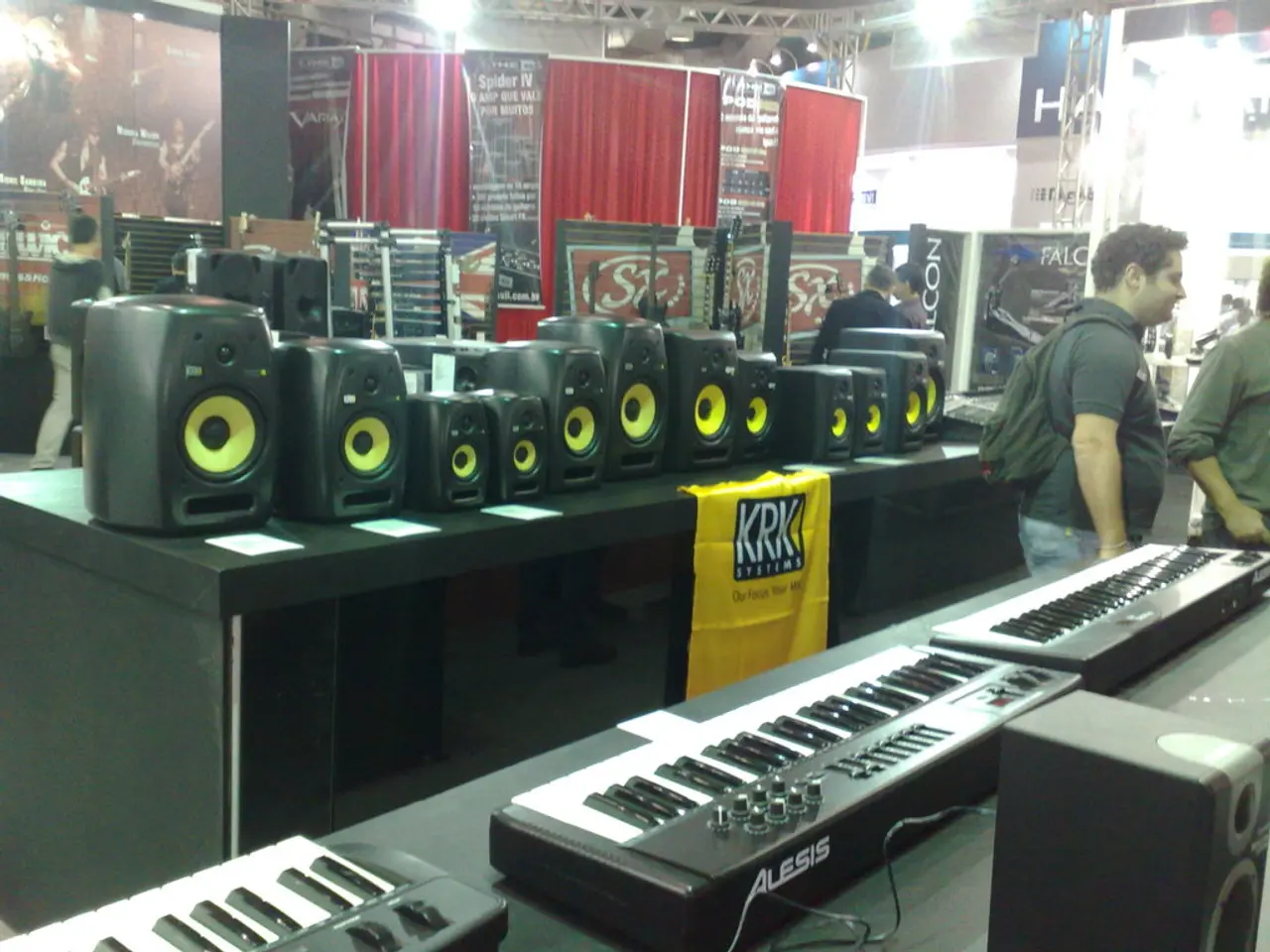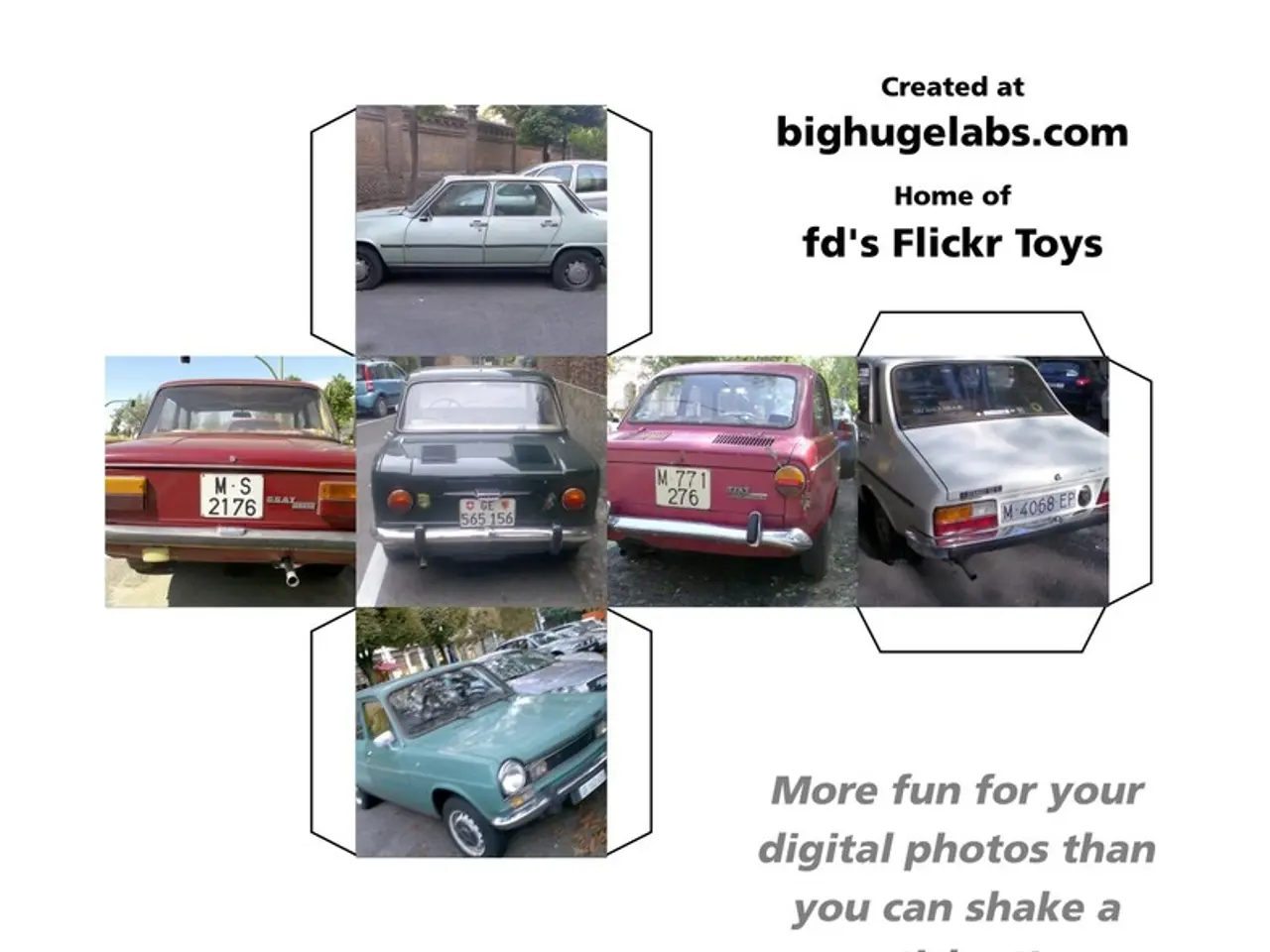Self-Driving Vehicle Updates: Uber, Waymo, AEye, and Tesla in Focus
**Autonomous Vehicles Take Centre Stage in Mid-2025: A Look at Uber, Waymo, Tesla, and AEye**
In the rapidly evolving world of autonomous vehicles, four key players - Uber, Waymo, Tesla, and AEye - have made significant strides as we move towards the middle of 2025.
**Waymo** continues to dominate the autonomous ride-hailing landscape, with approximately 1,500 self-driving vehicles in service. They provide over 250,000 rides weekly across cities including San Francisco, Los Angeles, Phoenix, and Austin. Waymo is expanding its robotaxi operations further, having applied for a permit to test autonomous cars in New York City (which would be NYC's first AV pilot if approved). Additionally, they have expanded their service area in California’s Bay Area after new approvals. The company remains a leader in large-scale commercial deployment of robotaxis and partners with companies like Uber for autonomous vehicle services in their ride-hailing network.
**Uber**, having exited its own self-driving unit in 2018, is currently relying on partnerships, notably with Waymo, for autonomous ride-hailing. In 2025, Uber is making a strategic move to acquire Pony.ai’s U.S. subsidiary. Pony.ai's next-generation Gen-7 system offers a 70% reduction in hardware costs, which could significantly improve Uber's autonomous tech competitiveness. This acquisition would shift Uber from a platform operator to a technology owner, helping it scale autonomous vehicles more globally and reducing reliance on external providers. Uber is also focusing on international expansion, with initial deployment plans in Dubai and the Middle East, leveraging regions with more favorable AV regulations.
**Tesla** is preparing to launch a limited robotaxi service pilot with as few as 10 vehicles as of late June 2025, marking its first public foray into autonomous ride-hailing. The company is actively pursuing regulatory approval to launch its Full Self-Driving (FSD) suite in the European Union, but progress has been slow due to regulatory hurdles, particularly with Dutch authorities and EU-wide approvals. Elon Musk has publicly expressed frustration over these delays. Tesla continues to push its camera-only autonomous approach, which contrasts with competitors adopting LiDAR. Meanwhile, rivals like Ford have highlighted the importance of sensor redundancy, including LiDAR, for safety.
**AEye**, a global leader in adaptive lidar technology, has partnered with the University of Toronto's WinTOR project to enhance autonomous vehicle performance in challenging weather conditions. The Apollo lidar system, capable of detecting objects up to one kilometer away, will be central to developing reliable all-weather perception systems in the WinTOR project.
In the realm of autonomous delivery, **Tesla** has completed its first fully autonomous delivery of a Model Y from its Gigafactory in Austin, Texas, to a customer's home, arriving a day ahead of schedule. Elon Musk hailed the achievement as a major breakthrough in Tesla's Full Self-Driving (FSD) technology.
Meanwhile, the partnership between Uber and Waymo has resulted in autonomous vehicle rides being launched in Atlanta via the Uber app. Riders can request AV rides at no extra cost when choosing UberX, Comfort, or Comfort Electric. The service initially covers a 65-square-mile area of Atlanta, including Downtown, Buckhead, and Capitol View. Passengers have the option to accept or decline an AV ride before dispatch.
**Torc**, a leader in autonomous Class 8 truck development, has opened a new 32,000-square-foot engineering center in Ann Arbor, Michigan, to accelerate its path to commercializing self-driving trucks by 2027.
In terms of safety, all AVs on Uber's network are required to meet rigorous safety standards. In case of questions or concerns, passengers have access to 24/7 support through the Uber app and Waymo's in-car system. Waymo vehicles have already demonstrated potential to reduce traffic-related injuries in other cities.
In conclusion, Waymo leads in scaling autonomous ride-hailing, Uber is repositioning strategically by acquiring Pony.ai's AV tech to enhance its global rollout, Tesla is entering robotaxi trials but faces regulatory and sensor-approach controversies, and AEye's recent developments are focused on improving all-weather perception systems in autonomous vehicles. The future of autonomous vehicles continues to be an exciting and rapidly evolving field.
[1] https://www.waymo.com/news/2025/05/20/waymo-expands-robotaxi-operations-in-california-s-bay-area/ [2] https://techcrunch.com/2025/04/01/uber-acquires-ponyais-us-operations/ [3] https://www.reuters.com/article/us-tesla-autonomous-delivery-idUSKCN23P228
Technology plays a significant role in the advancements of autonomous vehicles, as demonstrated by the strategies of key players such as Uber and Tesla.
Uber is making a strategic move to acquire Pony.ai’s US subsidiary, which could significantly improve its autonomous tech competitiveness by shifting Uber from a platform operator to a technology owner. On the other hand, Tesla is preparing to launch a limited robotaxi service pilot, marking its first public foray into autonomous ride-hailing, despite facing regulatory hurdles and controversies over its sensor approach.




